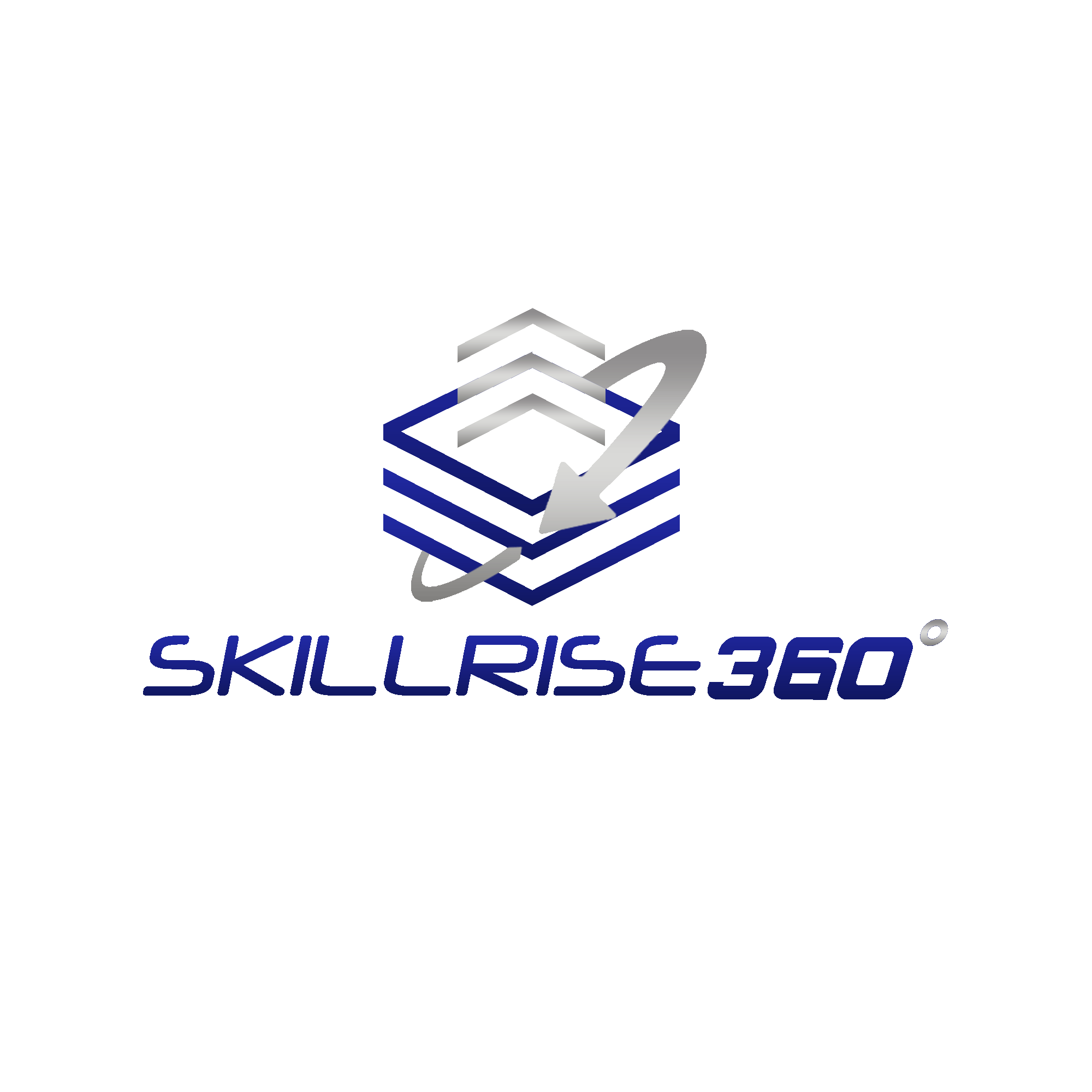A resume serves as one of the most important tools in securing a job, as it’s often the first impression employers have of potential candidates. An effective resume not only highlights your skills, qualifications, and experience but also demonstrates your ability to communicate and present yourself in a concise, professional manner. Crafting an impressive resume profile often referred to as a summary or professional profile, is an essential step in making your resume stand out from the competition.
The profile section is the first thing employers see after your contact information, so it must capture their attention immediately. This section is your opportunity to showcase who you are, what you offer, and why you’re an ideal candidate for the role. It should provide employers with a concise overview of your career highlights, key skills, and notable accomplishments. However, creating a compelling profile requires more than just listing your qualifications; it needs to speak to your unique value proposition and align with the job you’re applying for. Here are some essential tips for crafting an impressive resume profile that will make a lasting impact.
1. Keep It Concise and Focused
Your resume profile should be brief and to the point, typically consisting of two to four sentences. Focus on the most important aspects of your background that align with the job for which you are applying. Avoid long paragraphs and unnecessary details. Employers often review dozens, if not hundreds, of resumes, so keeping your profile concise ensures they’ll quickly understand your value without having to sift through excessive information.
2. Tailor Your Profile to the Job Description
A generic resume profile will not make much of an impact. Instead, tailor your profile to the specific job you’re applying for by highlighting the most relevant skills and experience. Look at the job description and identify key requirements and desired qualifications. Then, use those keywords and phrases to shape your profile, demonstrating that you possess exactly what the employer is seeking. This approach shows employers that you have read the job posting thoroughly and understand the role’s demands.
3. Showcase Your Unique Selling Points
Your profile is the place to highlight what sets you apart from other candidates. Focus on your key strengths, whether it’s your unique expertise in a certain area, a specific achievement, or a valuable skill set that aligns with the role. Rather than simply listing your duties in past jobs, focus on the impact you made. Use metrics to demonstrate your success, such as “increased sales by 20%” or “improved customer satisfaction scores by 15%.” Quantifying your achievements makes your profile more compelling and memorable.
4. Use Action-Oriented Language
To make your profile stand out, use action verbs and strong language that conveys confidence. Words like “led,” “developed,” “implemented,” and “achieved” showcase your initiative and accomplishments. Action-oriented language helps create a sense of momentum and demonstrates that you are a results-driven professional. Avoid passive language and instead focus on the impact you’ve made in your previous roles.
5. Highlight Soft Skills and Personal Qualities
While technical skills are important, employers also look for candidates who possess the right soft skills and personal qualities. Attributes like leadership, communication, problem-solving, and adaptability are highly valued by employers. If these qualities align with the position you’re applying for, incorporate them into your profile. For example, you might write something like, “An adaptable leader with strong communication skills and a proven track record in managing cross-functional teams to achieve business goals.” This helps convey not only your technical expertise but also your interpersonal skills.
6. Focus on Your Career Goals
In addition to showcasing your experience and skills, your profile should also reflect your career goals and aspirations. A well-crafted profile connects your past experiences to your future ambitions, showing employers that you have a clear direction for your career. For example, you could write, “A motivated marketing professional seeking to leverage expertise in digital marketing to drive brand growth and increase customer engagement.” This approach shows that you have a long-term vision and are eager to take on new challenges.
7. Maintain a Professional Tone
While it’s important to inject your personality into your resume profile, always keep the tone professional. Avoid using overly casual language or humor, as this may come across as unprofessional. Remember, your profile should reflect your suitability for the job and the seriousness with which you approach your career. A professional tone helps to create an image of a candidate who is focused, respectful, and capable of representing the organization well.
8. Proofread and Edit
Finally, before submitting your resume, make sure to proofread and edit your profile carefully. Spelling and grammatical errors can immediately undermine your professionalism and attention to detail. Read your profile aloud to ensure it flows smoothly, and ask someone else to review it for feedback. A polished, error-free profile will demonstrate that you take pride in your work and are committed to presenting yourself in the best possible light.
Conclusion
Crafting an impressive resume profile is an essential step in creating a standout resume. By keeping your profile concise, tailoring it to the job description, and showcasing your unique value, you can capture the attention of hiring managers and increase your chances of landing an interview. Remember to highlight your key strengths, achievements, and career goals while maintaining a professional tone throughout. With these tips, you’ll be well on your way to creating a resume profile that leaves a lasting impression and sets you up for success in your job search.
